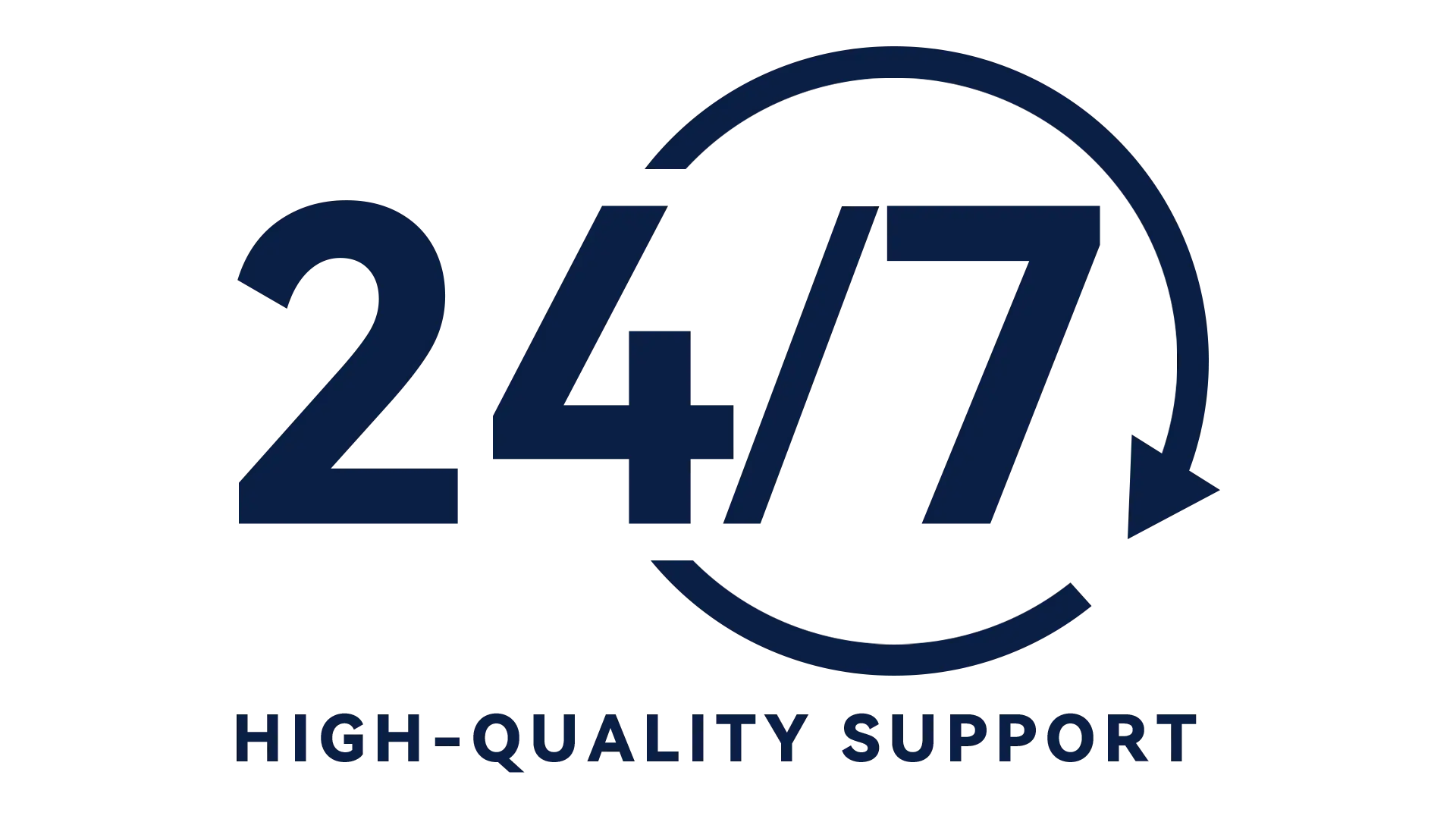In industries such as chemicals, energy, and metallurgy, pipelines or vessels handling flammable gases must undergo nitrogen purging before commissioning.
The goal is to displace oxygen-containing air to prevent the formation of explosive gas mixtures, which could result in combustion or explosions. While nitrogen purging is common, it poses safety risks if not conducted properly.
Here are five key safety tips to ensure effective and compliant nitrogen purging.
5 Key Safety Considerations for Nitrogen Purging
1. Stay Upwind from Discharge Point
Always stay away from the nitrogen discharge vent. If work must be done nearby, ensure you’re on the upwind side to avoid oxygen-deficient exposure.
2. Wear a Respirator to Prevent Asphyxiation
Nitrogen is odorless, colorless, and non-toxic—but it displaces oxygen, posing a serious asphyxiation risk. Always wear an approved air respirator during purging operations.
3. Isolate Piping to Prevent Backflow
After purging a section of the system, immediately isolate it from other connected sections to prevent backflow of flammable gases or cross-contamination.
4. Maintain Positive Pressure After Purging
Once purging is complete, keep the system under positive pressure until startup. This prevents air ingress and ensures a safe inert environment.
5. Do Not Remove Valves or Instruments
During purging or subsequent fuel gas preparation, do not remove any valves or instrumentation. Maintain system integrity for safe startup.
One-Stop Nitrogen Purging Services from FOOENS Rental
FOOENS offers mobile nitrogen generator rentals, fully equipped for industrial purging applications:
- Skid-mounted units for rapid deployment
- Specially customized for versatility and cost-efficiency
- Experienced technicians to handle the full purging process on site
Whether your need is short-term or long-term, we provide safe, tailored nitrogen solutions for commissioning and maintenance.


